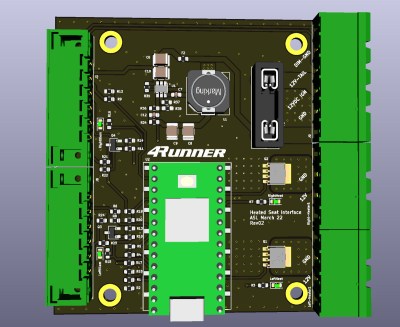There was even a day not too long ago when printers appeared to be going the way of the dodo; remember the “paperless office” craze? But then, printer manufacturers invented printers so cheap they could give them away while charging $12,000 a gallon for the ink, and the paperless office suddenly suffered an extinction-level event of its own. You’d think space would be the one place where computer users would be spared the travails of printing, but as [Ken Shirriff] outlines, there were printers aboard the Space Shuttle, and the story behind them is fascinating.
The push for printers in space came from the combined forces of NASA’s love for checklists and the need for astronauts in the early programs to tediously copy them to paper; Apollo 13, anyone? According to [Ken], NASA had always planned for the ability to print on the Shuttle, but when their fancy fax machine wasn’t ready in time, they kludged together an interim solution from a US military teleprinter, the AN/UG-74C. [Ken] got a hold of one of these beasts for a look inside, and it holds some wonders. Based on a Motorola MC6800, the teleprinter sported both a keyboard, a current loop digital interface, and even a rudimentary word processor, none of which were of much use aboard the Shuttle. All that stuff was stripped out, leaving mostly just the spinning 80-character-wide print drum and the array of 80 solenoid-powered hammers, to bang out complete lines of text at a time. To make the printer Shuttle-worthy, a 600-baud frequency-shift keying (FSK) interface was added, which patched into the spaceplane’s comms system.
[Ken] does his usual meticulous analysis of the engineering of this wonderful bit of retro space gear, which you can read all about in the linked article. We hope this portends a video by his merry band of Apollo-centric collaborators, for a look at some delicious 1970s space hardware.



















